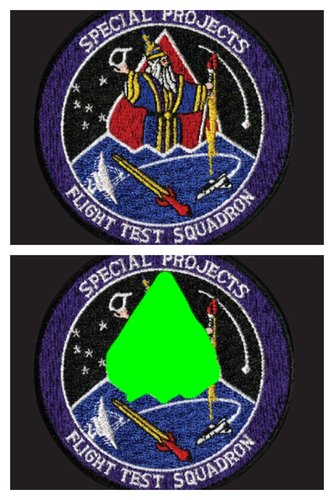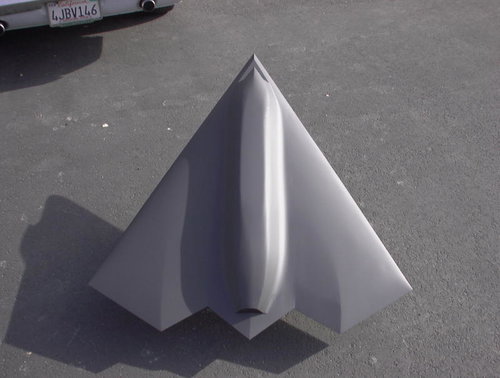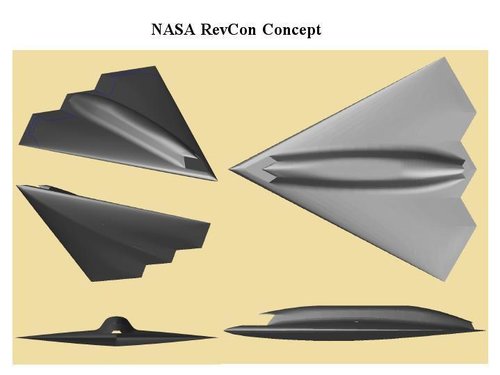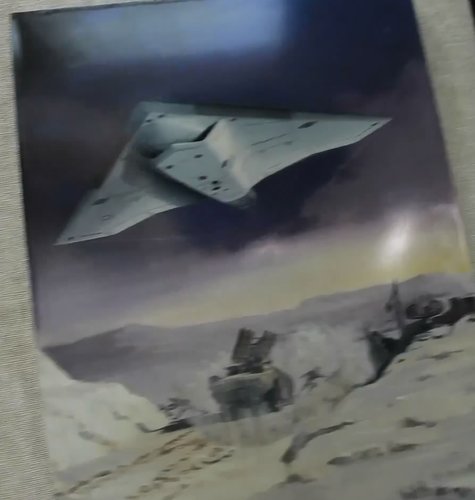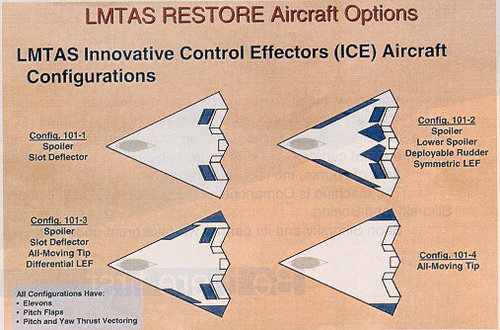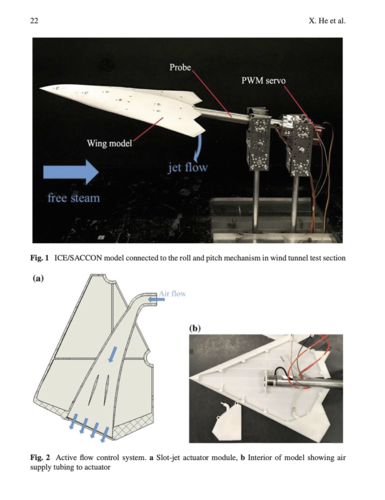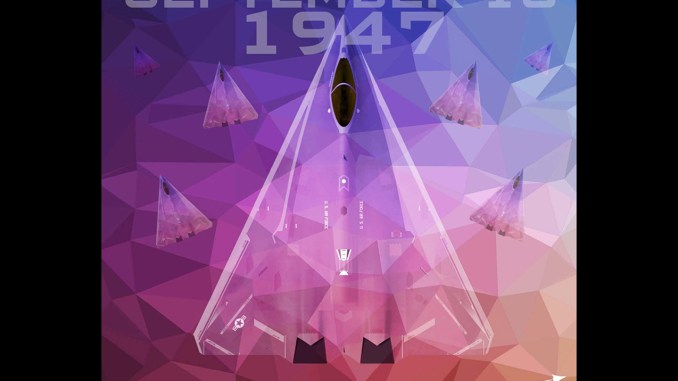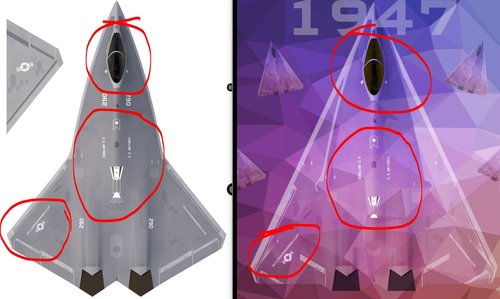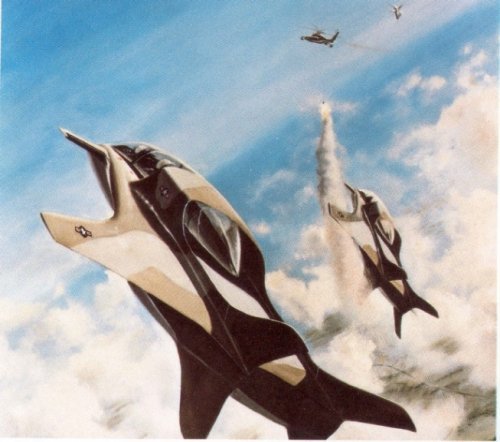AF CoS on NGAD:
NGAD: Breaking Records
Air Force acquisition chief Will Roper revealed at AFA’s virtual Air, Space & Cyber conference last week that the service has
already flown a Next Generation Air Dominancedemonstrator aircraft, and it has broken “lots of records.” Asked to clarify if those records are in the area of program speed or physical performance, Brown said he would not “talk about that aspect.”
However, “I’ll just tell you that we’re able to do things differently and a bit faster than we have in the past,” he said. The NGAD program is “less about what we build, it’s how we build it,” and the goal is to “get it into the hands of the warfighter much faster, and this is a way that we can do that.”
Asked if he thinks the Air Force can afford Roper’s approach to buying new aircraft, which requires flipping the majority of spending from sustainment to design and procurement, Brown said yes, but USAF will have to change its business model to make it work.
“You want the cost of ownership to be roughly the same, but change the flow of that money, so maybe more up front,” Brown said. Using the Roper model will “accelerate change,” Brown said, by making the systems the Air Force does field more adaptive and more abreast of rapidly-changing technology. “It’s a different thought process,” he said.
“I want to … make sure we work industry,” he said, acknowledging that companies “have shareholders they have to worry about,” while Brown has to satisfy national security needs. The Air Force must “do this better so [industry has] a business model that’s sustainable.”

